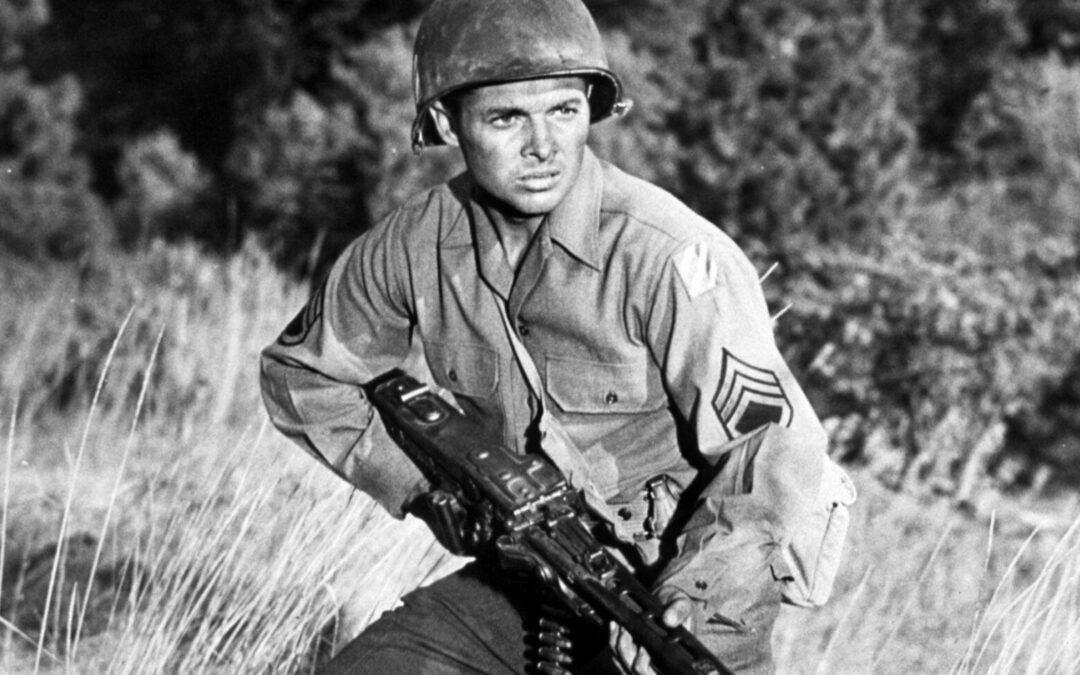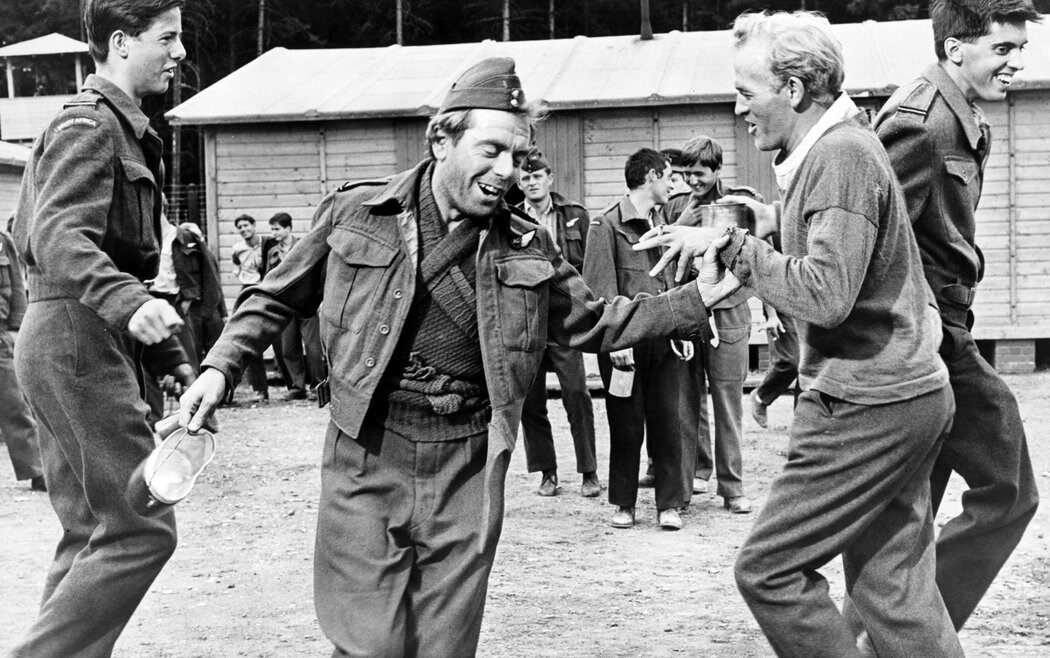The U.S. Army's history is filled with heroes, battlefield legends, and stories that seem like they could only come from the minds of Hollywood screenwriters. There are few larger-than-life tales of greatness bigger than that of World War II legend Audie Murphy, whose battlefield daring became an instant silver-screen classic – starring Audie Murphy himself. Audie Murphy: Medal of Honor, Movies and Advocacy Murphy's early life did not suggest a life destined for greatness. He was the son of a Texas sharecropper who abandoned his family and a mother who died when he was a teen. Young Audie left school in the fifth grade to work in cotton fields and hunt game to help support his family. He joined the military in 1941, just days after the United States entered World War II. At the age of 16, he was technically too young to serve but forged papers allowed him to make it past the recruiter's office. Even so, he was turned down by every branch for being too small. Luckily for...









